- HOME
- Infrared Sauna Benefits
- DIY Essential Oils
DIY Sauna Essential Oils: Blends for Relaxation, Respiration & Detox
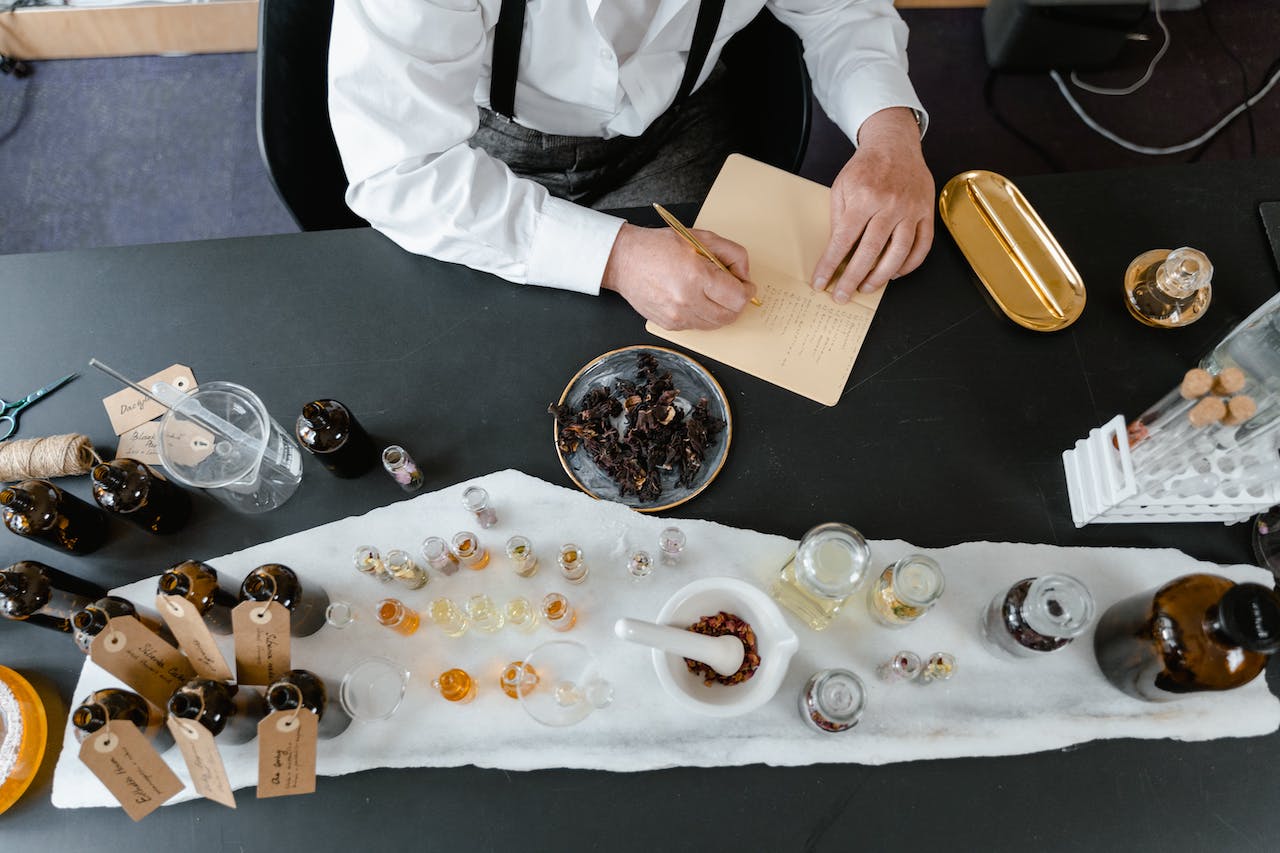
Making your own sauna essential oils or steam oils is an easy way to improve every heat or therapy session. Relaxing in an infrared sauna, recovering with a sauna blanket, or using a PEMF mat all benefit from the right blend to support breathing, muscle recovery and mental focus.
Learn how to make homemade sauna oils for relaxation, respiratory support or detox. This guide covers how to choose essential oils for sauna use, the tools you’ll need and simple steam oil recipes you can make at home.
A quick tour of the guide
- What is aromatherapy
- Choosing your essential oils
- Materials and preperation
- Crafting your aromatherapy oils
- DIY sauna steam oil recipes for common benefits
- How to use essential oils in your sauna safely & effectively
- Storage and maintenance
What Is Aromatherapy?
Aromatherapy uses plant-derived essential oils for therapeutic purposes, often to improve breathing, relaxation, or focus. These oils are distilled from flowers, leaves, bark, or roots and release aromatic compounds that affect both body and mind.
When used in an infrared sauna, essential oils work with heat to boost blood circulation and to relax even deeper. You can also use them with a sauna blanket (compare top infrared sauna blankets for recovery) or during PEMF mat sessions (see our highest-rated PEMF mats) to create a spa-like atmosphere and maximize your recovery at home.
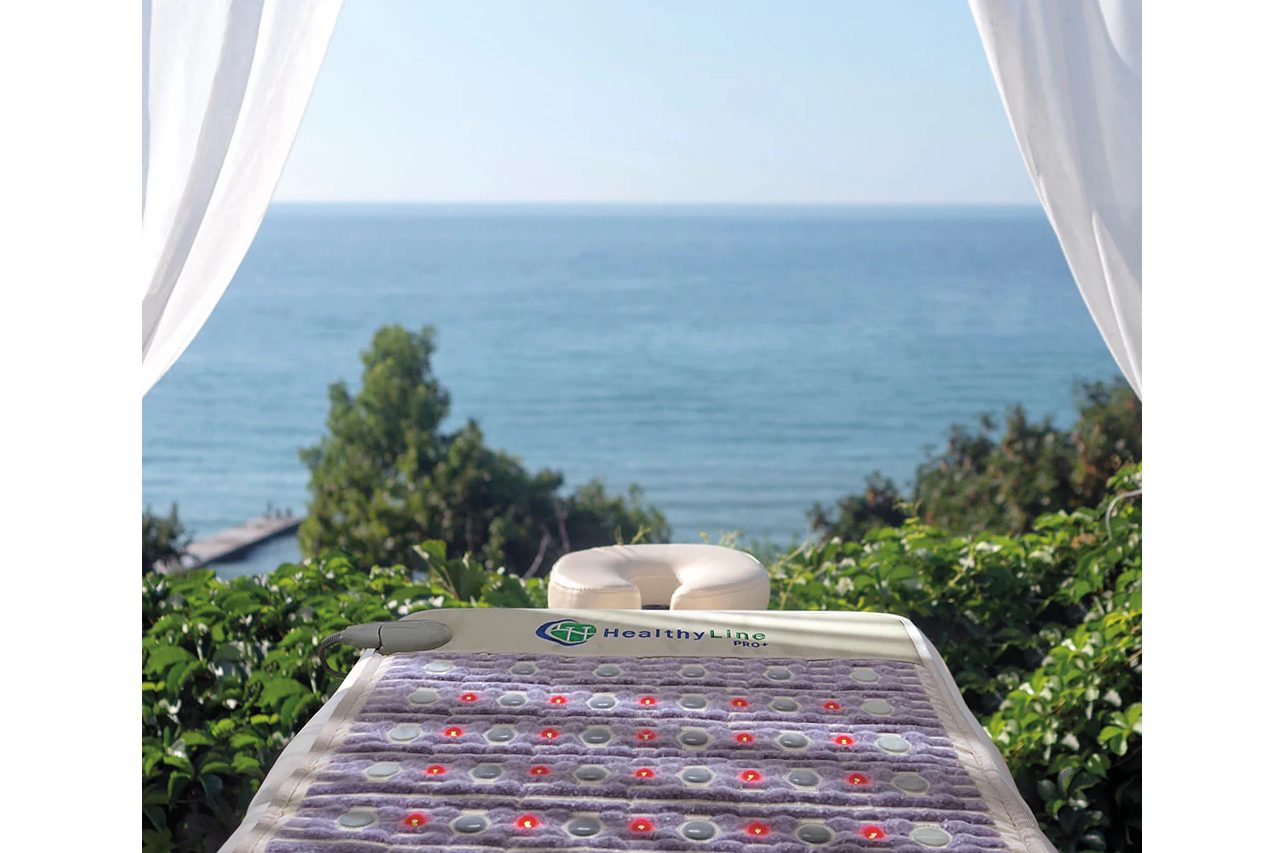
Choosing Your Essential Oils
Choosing essential oils for sauna use depends on your goal. Start with single oils, then combine them into sauna oil blends as you get more experience. Always select bottles labeled “100% pure essential oil” for quality.
Benefits of Key Essential Oils for Sauna Therapy
Common essential oils for sauna deliver specific effects for relaxation, breathing, and restorative action. The heat in a sauna strengthens aromas, so select oils that hold up well under higher temperatures.
🔹 Lavender – relaxation and muscle recovery [1]
🔹 Chamomile – calming before sleep [2]
🔹 Peppermint – cooling effect and improved focus
🔹 Eucalyptus – clears sinuses (ideal for eucalyptus sauna oil for congestion) [3]
🔹 Lemon or Bergamot – energizing aroma
🔹 Tea Tree – antimicrobial support [4]
🔹 Pine Needle – antioxidant properties for detox sessions (excellent for pine needle sauna oil antioxidant benefits)
Read our guide to the best essential oils for an infrared sauna for more selection tips.
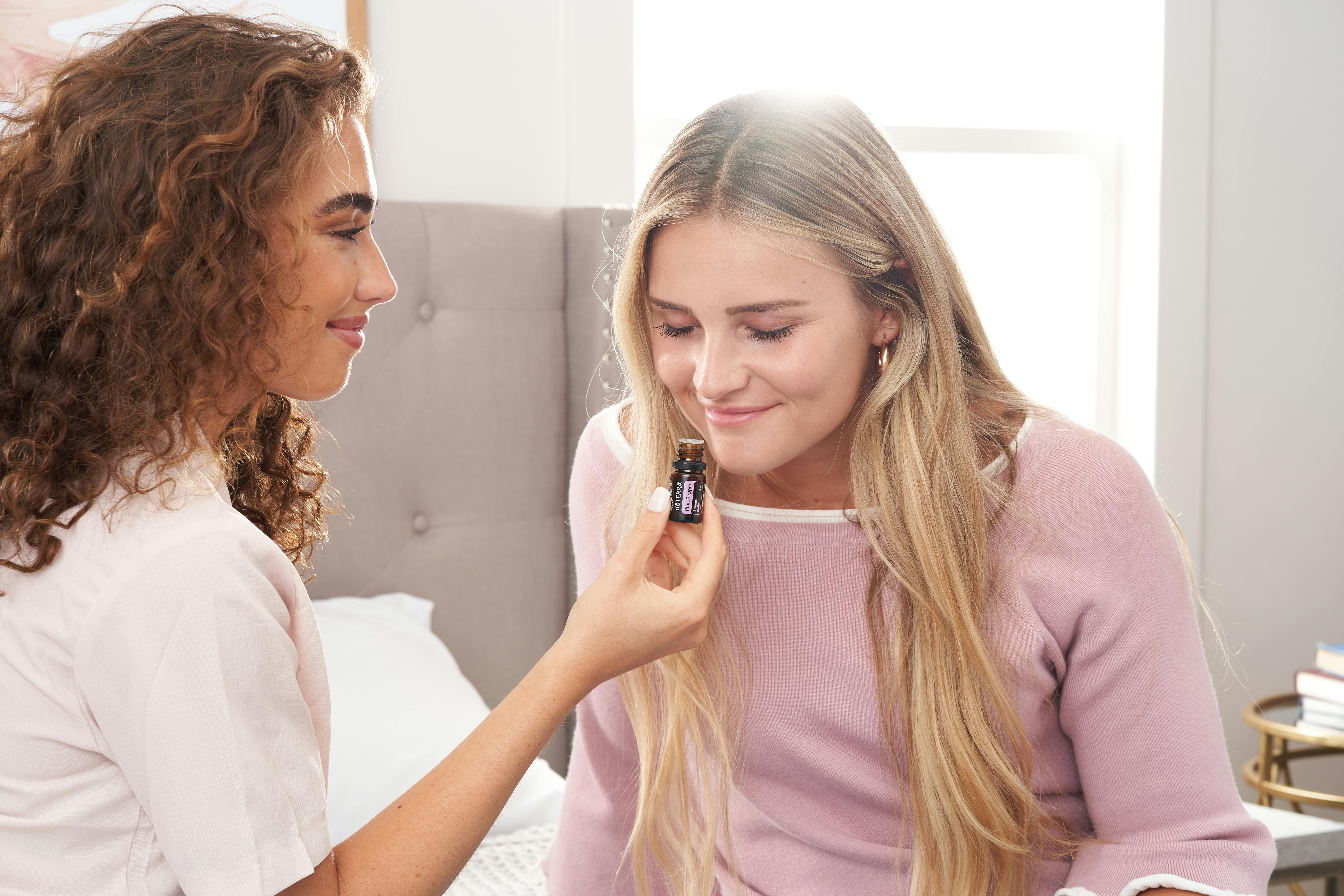
Materials and Preparation
Before making your DIY sauna oils, gather and prepare your tools and workspace.
1. Gathering Materials
- Carrier Oils – Coconut, jojoba, or sweet almond oil for diluting essential oils.
- Essential Oils – Choose based on desired benefits and sauna suitability.
- Storage Containers – Dark glass bottles or stainless steel containers to protect oils from light.
- Measuring Tools – Pipettes, droppers, and small measuring cups for accurate blending.
- Labeling Supplies – Labels and a permanent marker for tracking blends.

2. Setting Up Your Workspace
- Mixing Vessels – A clean, dry mixing bowl or beaker.
- Stirring Tools – Glass stirring rods or stainless steel spoons.
- Safety Gear – Gloves and a well-ventilated area.
3. Safety Precautions
- Skin Protection – Wear gloves to avoid irritation from concentrated oils.
- Avoiding Contamination – Keep tools and surfaces clean.
- Sunlight Sensitivity – Avoid direct sunlight, especially with citrus oils.
4. Preparation Steps
- Clean Workspace – Remove dust and contaminants.
- Organize Materials – Lay out carrier oils, essential oils, tools, and containers.
- Safety Check – Gloves on, ventilation in place.
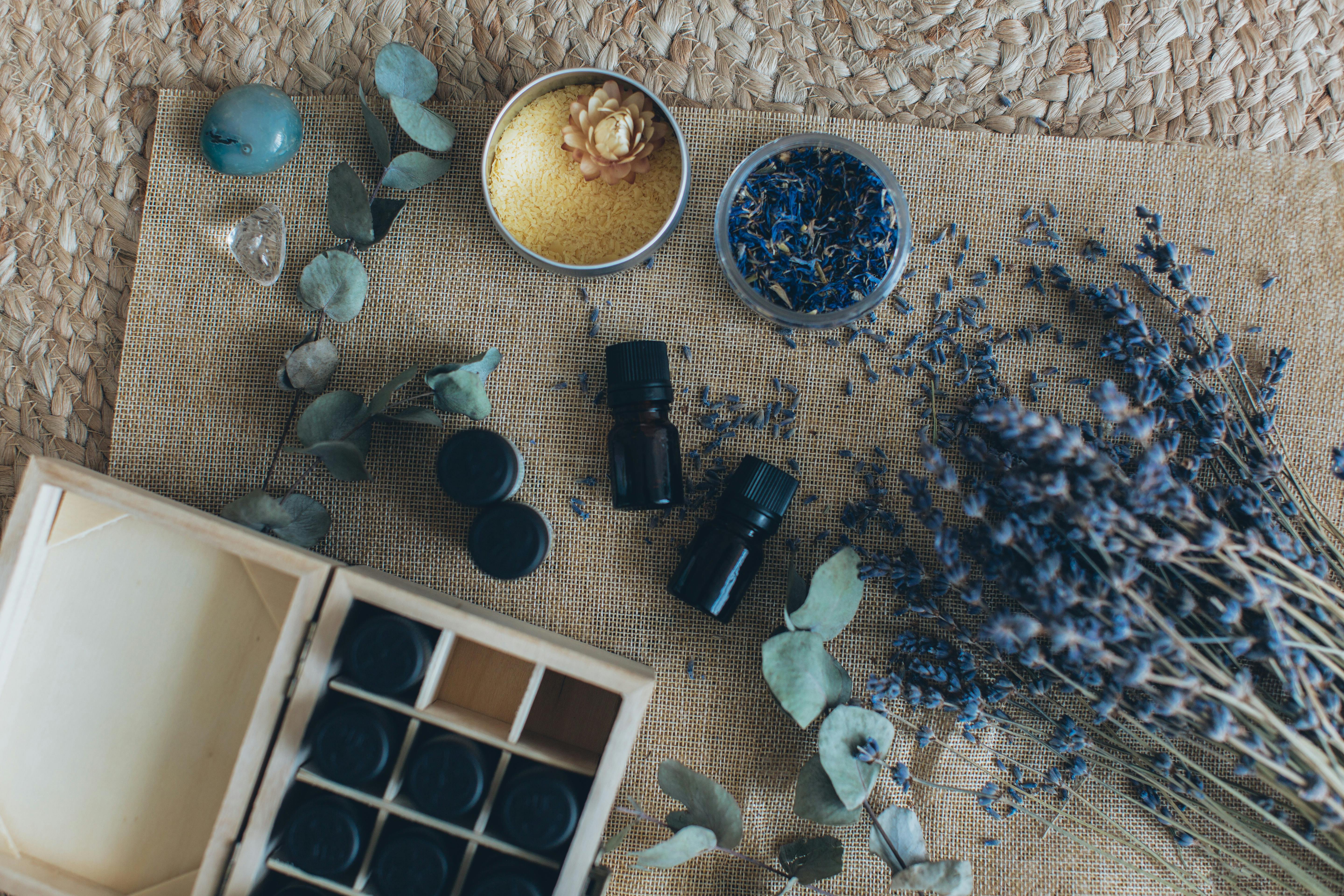
Crafting Your Aromatherapy Oils
Making your own sauna essential oils lets you customize sauna aromatherapy blends for relaxation, respiratory support, or energy.
Step 1: Choose Your Essential Oils
Pick oils based on your goals: lavender for relaxation, eucalyptus for breathing, peppermint for focus, or pine needle for detoxification.
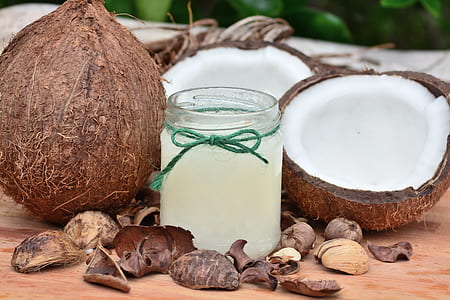
Step 2: Understand Carrier Oils
Carrier oils dilute essential oils and help with safe application in your sauna blends. Common options for homemade sauna oils:
🔹 Coconut Oil – Solid at room temperature, melts on skin. Absorbs well, mild sweet scent. Good for massage and moisturizing.
🔹 Sweet Almond Oil – Light, absorbs quickly, neutral scent. Rich in vitamin E for skin hydration.
🔹 Jojoba Oil – Mimics skin’s natural oils, won’t clog pores. Long shelf life and stable.
🔹 Olive Oil – Heavier texture, antioxidant-rich. Has an earthy scent that can affect the blend’s aroma.
🔹 Grapeseed Oil – Lightweight, fast absorption, neutral scent. Contains antioxidants for skin health.
Knowing these helps you pick the right carrier oil for your DIY sauna oil blends based on texture and skin feel.
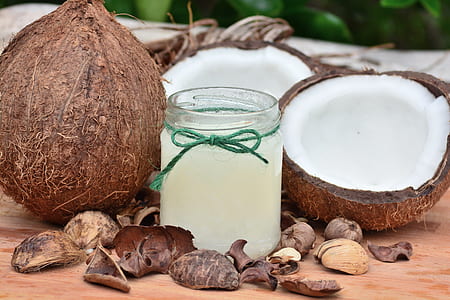
Step 3: Determine Proper Dilution
Dilution is essential for safe and effective DIY sauna oils. Sauna heat increases skin absorption, so keep blends gentle.
🔹 Understand dilution ratios: Different essential oils need specific dilution levels to prevent irritation.
🔹 Consider skin sensitivity: Adjust dilution for sensitive skin or allergies.
🔹 Measure precisely: Use pipettes or graduated cylinders and track your formulas.
🔹 Perform a skin patch test: Apply a small amount to skin first to check for reactions, especially with new oils.
Proper dilution helps your homemade sauna oils work safely in your sauna or sauna blanket sessions.
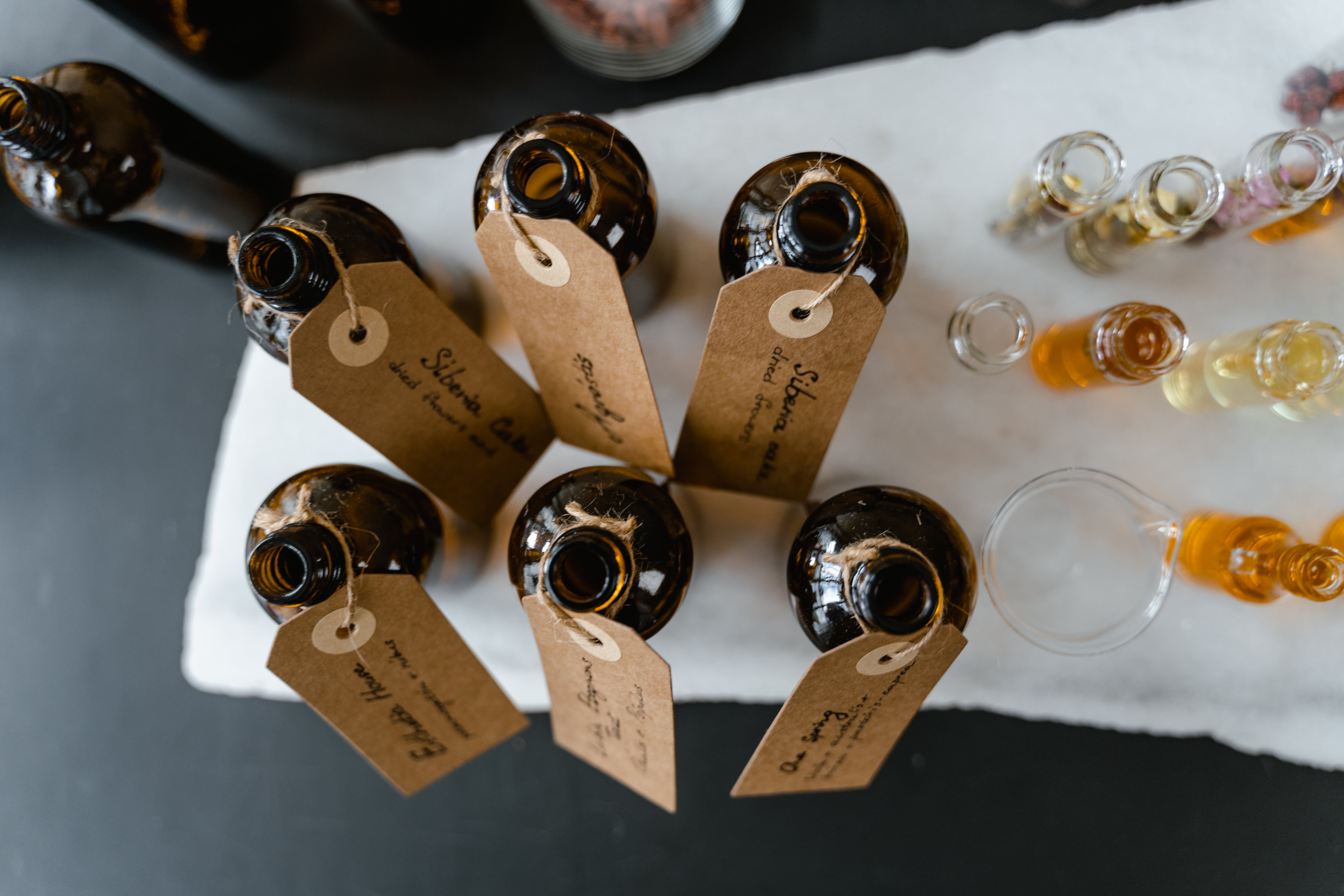
Step 4: Master Mixing Techniques
Creating balanced DIY sauna oils means layering scents and using proper mixing methods.
🔹 Layer your essential oils by notes:
- Base Notes: Birch, cedarwood, frankincense, sandalwood, pine – these add depth and last longest.
- Middle Notes: Lavender, chamomile, tea tree provide body and herbal or floral scents.
- Top Notes: Bergamot, citrus (lemon, orange, grapefruit), peppermint, eucalyptus – fresh and uplifting first impressions.
🔹 Stirring: Use gentle swirls or slow stirs. Avoid vigorous mixing to prevent oxidation and scent change.
🔹 Consistency: Measure precisely and keep formulas recorded for reliable blends.
🔹 Experiment: Try different combinations and keep notes to refine your personal sauna essential oil blends.
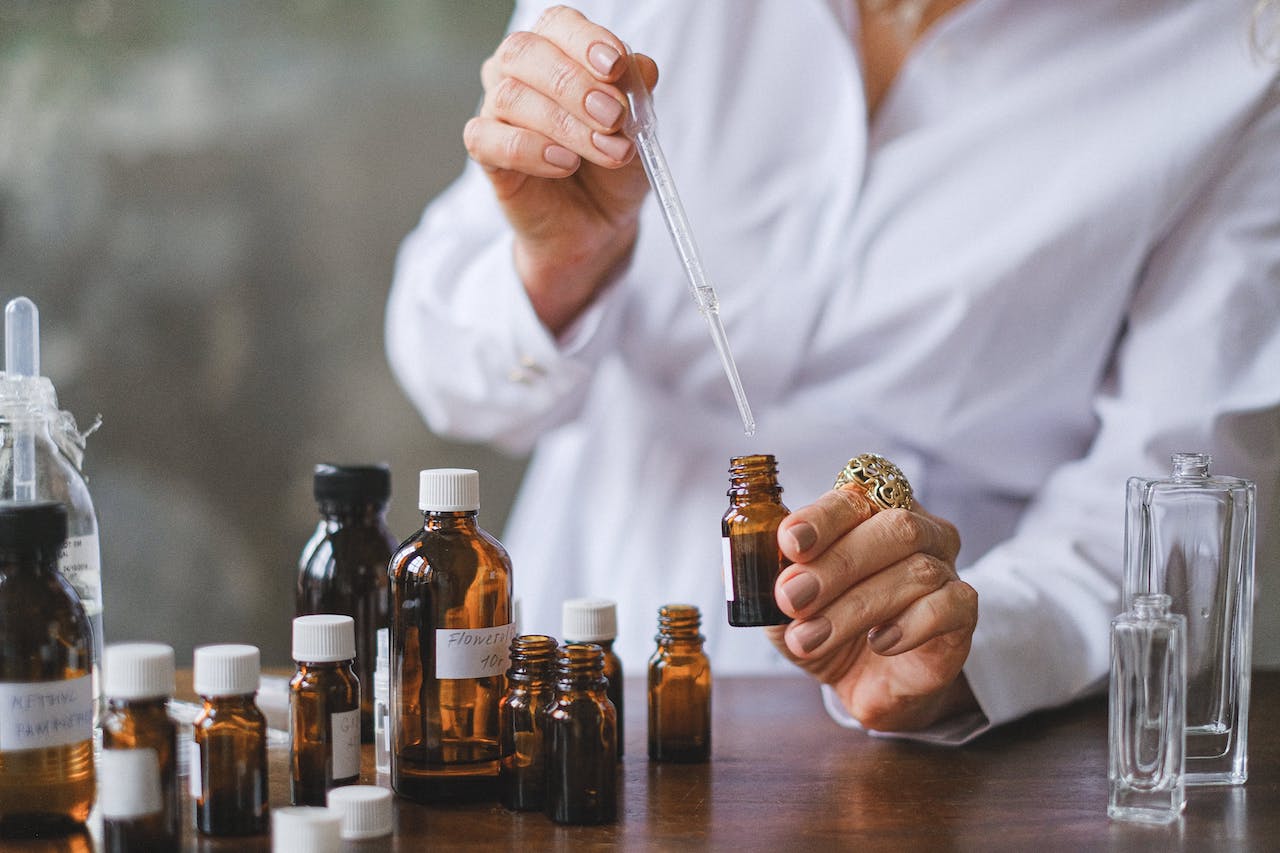
Step 5: Create a Balanced Scent Profile
Blending essential oils for your sauna is about balance and harmony.
🔹 Blend for synergy: Combine oils that complement each other in aroma and benefits. Test different mixes to find what works.
🔹 Include top, middle, and base notes: Use top notes for freshness, middle notes for complexity, and base notes for depth and lasting scent.
🔹 Start small: Make small batches when experimenting to adjust easily.
🔹 Record formulations: Note drops and dilution ratios to replicate your favorite blends.
🔹 Personalize your blends: Tailor aromas to your wellness goals – whether relaxation, focus, or detox.
This approach helps you craft effective DIY sauna essential oils that take your sauna, sauna blanket, or PEMF mat sessions to another level of enjoyment.
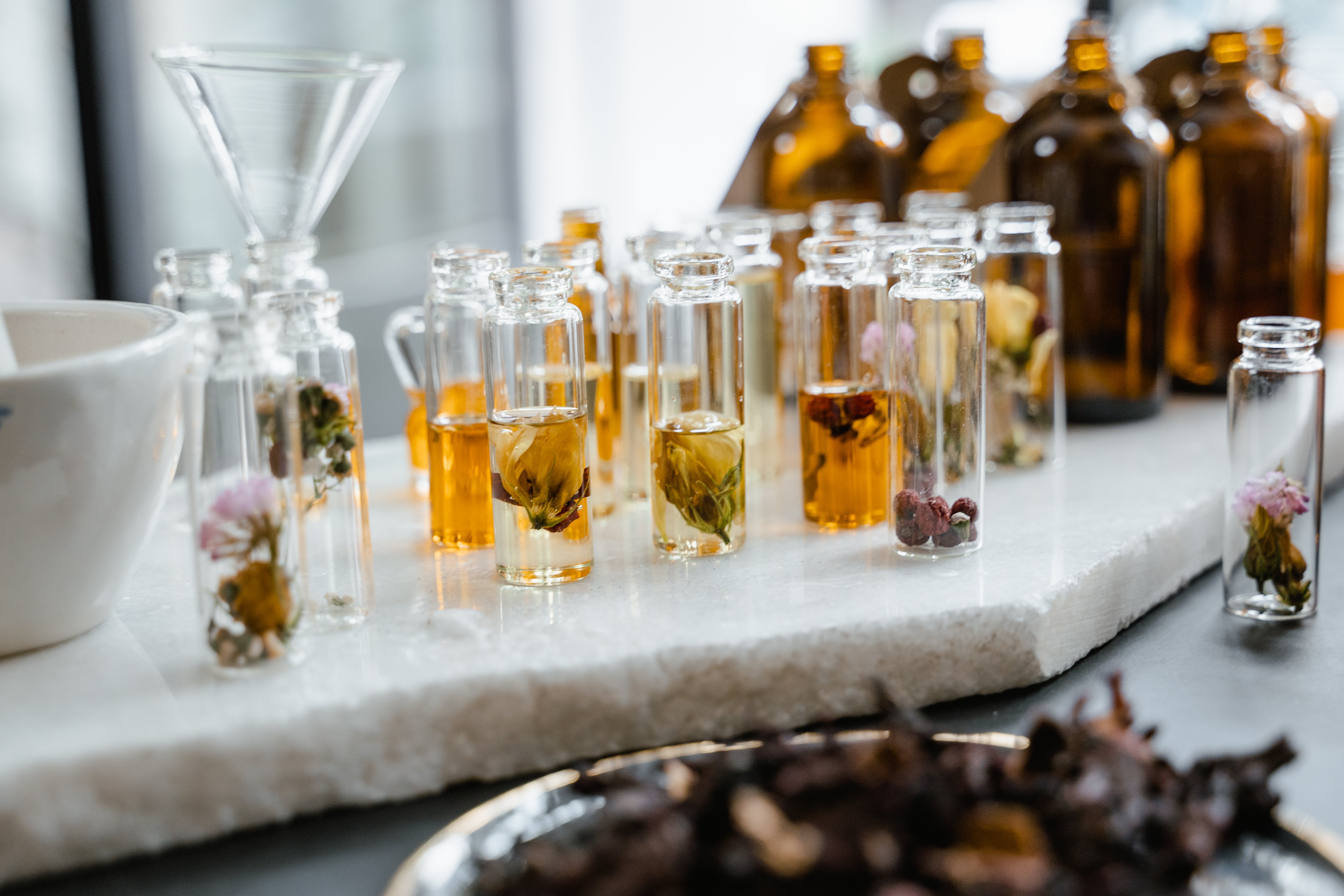
DIY sauna steam oil recipes for common benefits
Try these four essential blends for the best essential oils for sauna therapy and common sauna benefits. Adjust and experiment to create your own unique mixes.
🔹 Stress Relief Blend
- 3 drops Lavender Oil (middle note)
- 2 drops Frankincense Oil (base note)
-
Dilute with 10 ml carrier oil
Promotes relaxation and eases stress for a calm sauna session.
🔹 Invigorating Energizer Blend
- 3 drops Peppermint Oil (top note)
- 2 drops Eucalyptus Oil (top note)
- 2 drops Citrus Oil (Lemon, Orange, or Grapefruit - top note)
-
Dilute with 10 ml carrier oil
Revitalizes senses and boosts energy during sauna use.
🔹 Respiratory Support Blend
- 3 drops Eucalyptus Oil (top note)
- 2 drops Tea Tree Oil (middle note)
-
Dilute with 10 ml carrier oil
Clears airways and supports breathing in sauna sessions.
🔹 Soothing Muscle Relief Blend
- 3 drops Birch Oil (base note)
- 2 drops Chamomile Oil (middle note)
-
Dilute with 10 ml carrier oil
Eases muscle tension and aids relaxation post-sauna.
Feel free to explore other combinations to fit your personal needs in your sauna, sauna blanket, or PEMF mat routine.
How to Use Essential Oils in Your Sauna Safely & Effectively
SAFETY FIRST: Never apply undiluted essential oils directly in the sauna or onto hot surfaces. Always dilute properly in a carrier oil.
To safely and effectively use your DIY sauna essential oils, check out our guide Aromatherapy for Infrared Sauna: Science, Safety and Blends. It covers best practices, safety tips, and techniques to get the most from your homemade blends during sauna, sauna blanket, or PEMF mat sessions.
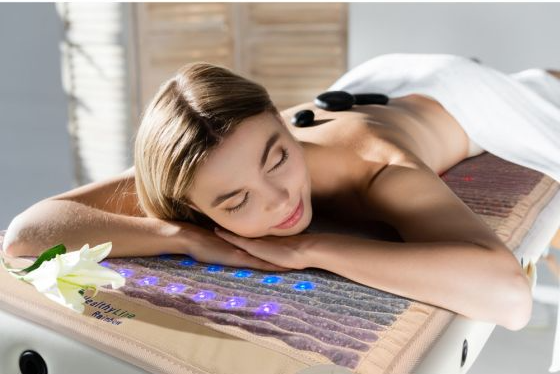
Storage and Maintenance
To keep your homemade sauna essential oils effective and long-lasting, follow these best practices:
🔹 Store oils in dark glass bottles to block light that degrades quality.
🔹 Keep bottles in a cool, dark place away from heat and sunlight.
🔹 Seal bottles tightly to prevent oxidation from air exposure.
🔹 Label each bottle with blend name, creation date, and ingredients.
🔹 Choose carrier oils with longer shelf life, like jojoba or grapeseed.
For your sauna aromatherapy equipment:
🔹 Clean diffusers, oil holders, and other tools regularly to avoid buildup.
🔹 Use recommended dilution ratios to prevent clogging or residue.
🔹 Check equipment for leaks or spills and clean up promptly.
🔹 Replace wicks or pads periodically to maintain oil purity.
🔹 Ensure good ventilation to disperse aromas and reduce residue.
For detailed sauna care tips, see our post 10 Essential Infrared Sauna Maintenance Tips
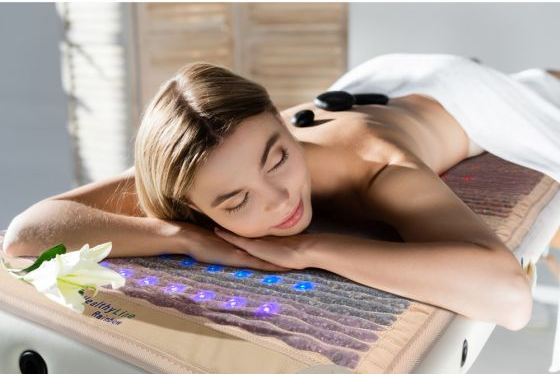
To make your sauna sessions more inviting, try adding soft lighting or calming music. These additions create a peaceful atmosphere that helps you unwind.
Making your own essential oils brings a personal touch to your wellness routine. Let your sense of smell guide you to blends that calm and soothe.
For more on DIY aromatherapy, blending methods, and safety, visit Aromaweb [5] and the National Association for Holistic Aromatherapy [6].
Now take a moment to relax and enjoy your blends on your PEMF mat, sauna blanket, or inside your sauna cabin.
Saunace.com publishes reviews and usage guides for infrared and PEMF devices to help readers compare options and use them safely; see the About page to learn how we research and evaluate products.

Diane Sargent
Updated: August 2025
Looking for more info? See these blog posts.
References
1.Yoo O, Park SA. Anxiety-Reducing Effects of Lavender Essential Oil Inhalation: A Systematic Review. Healthcare (Basel). 2023 Nov 17;11(22):2978. https://pmc.ncbi.nlm.nih.gov/articles/PMC10671255/
2. Deepa Y, Vijay A, Nivethitha L, Nandhakumar G, Sathiya S, Mooventhan A. Effects of chamomile oil inhalation on sleep quality in young adults with insomnia: A randomized controlled trial. Int J Psychiatry Med. 2025 Sep;60(5):533-542. https://pubmed.ncbi.nlm.nih.gov/39545336/
3. Horváth G, Ács K. Essential oils in the treatment of respiratory tract diseases highlighting their role in bacterial infections and their anti-inflammatory action: a review. Flavour Fragr J. 2015 Sep;30(5):331-341. https://pmc.ncbi.nlm.nih.gov/articles/PMC7163989/
4. Hammer KA, Carson CF, Riley TV. Effects of Melaleuca alternifolia (tea tree) essential oil and the major monoterpene component terpinen-4-ol on the development of single- and multistep antibiotic resistance and antimicrobial susceptibility. Antimicrob Agents Chemother. 2012 Feb;56(2):909-15. https://pmc.ncbi.nlm.nih.gov/articles/PMC3264233/
5. Aroma Web, Objective Insights into Essential Oils & Aromatherapy, https://www.aromaweb.com/
6. National Association for Holistic Aromatherapy, https://naha.org/


